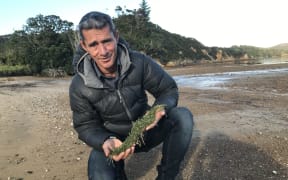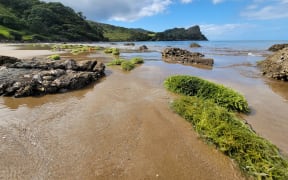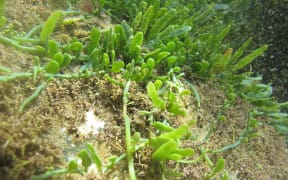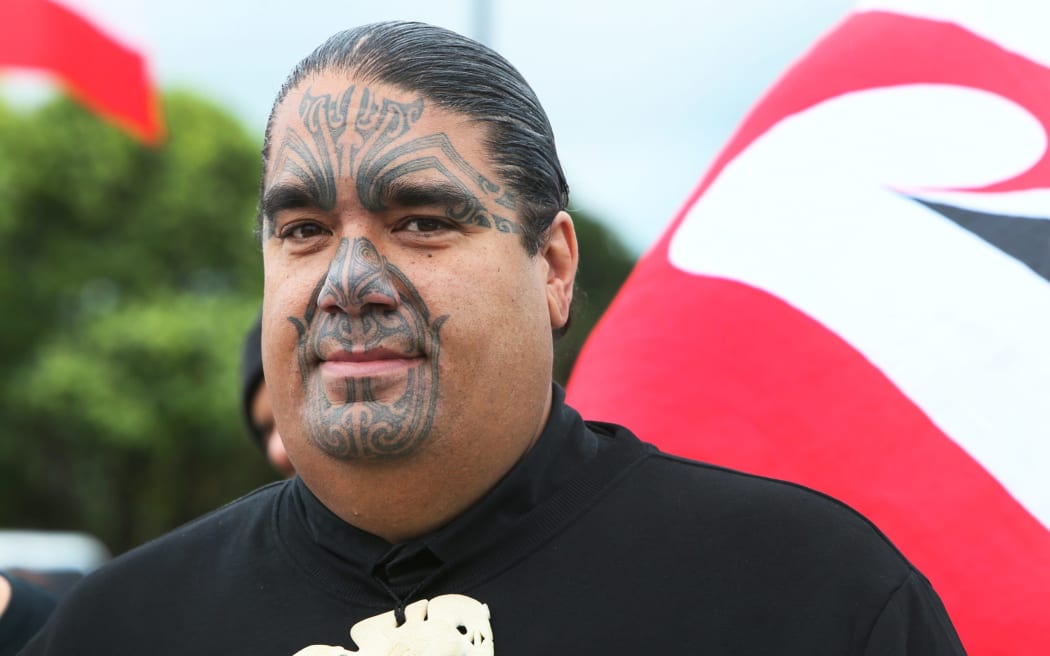
Te Poari o Ngātiwai chair Aperahama Kerepeti-Edwards. Photo: Tania Whyte / Northern Advocate
Te Tai Tokerau east coast iwi Ngātiwai is concerned about what they say will undoubtedly be undetected caulerpa along their Northland coastline.
Te Poari o Ngātiwai chair Aperahama Kerepeti-Edwards, said Ngātiwai was amidst the outbreak epicentre with caulerpa now at both ends of the iwi's rohe, extending from Aotea, Great Barrier through to effectively the southern tip of the Bay of Islands.
"We're anticipating that caulerpa is already here," Kerepeti-Edwards said.

Their rohe also includes the Poor Knights Islands.
"We are extremely disappointed, hurt and angry because of these continual biosecurity breaches such as caulerpa," Kerepeti-Edwards said.
His comments come ahead of a Ngātiwai hui at Tuparehuia Marae at Bland Bay tonight, where hapū from the iwi's dozen Northland east coast marae will air their concerns and seek a way forward. Te Rawhiti mana whenua affected by caulerpa's now confirmed Bay of Islands presence are also expected to be among those present.

The new caulerpa species up close at Okupu Beach Great Barrier Island. Photo: Sid Wales / Ministry for Primary Industries
The biosecurity national caulerpa response leader, Ministry for Primary Industries' John Walsh and Northland Regional Council Deputy Chair are also expected to attend.
There is now a rāhui and government prohibition on fishing and anchoring - across more than 1000 hectares of moana. The Bay of Islands controlled area notice (CAN) is the biggest in the country.
Kerepeti-Edwards said there were lots of boats along coastal Ngātiwai's rohe, during summer months in particular.
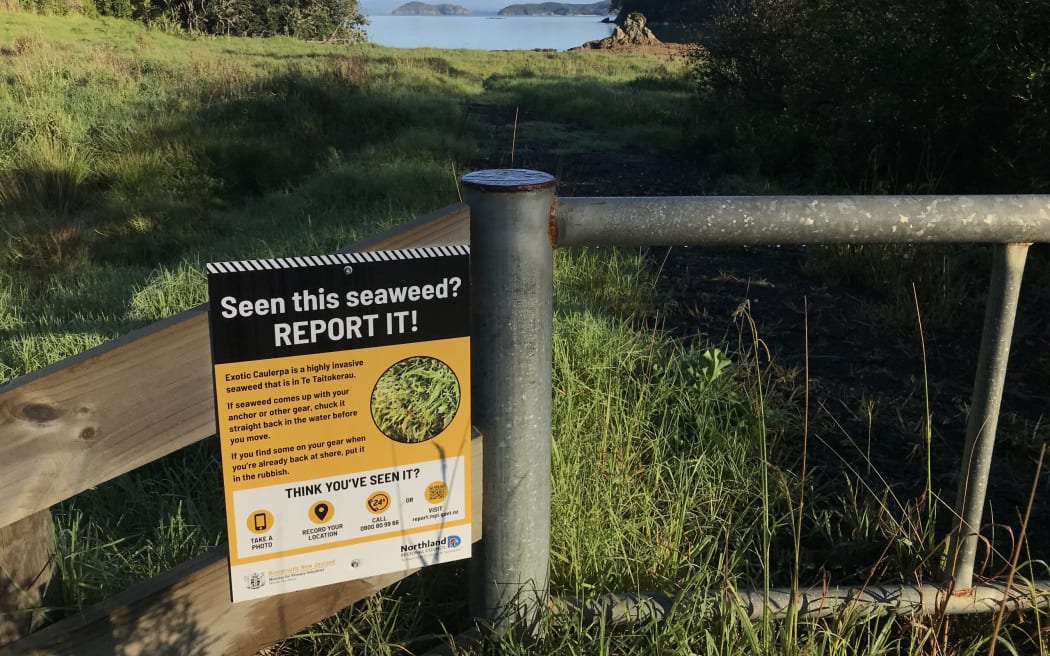
A new sign of the times at Omākiwi Cove, Bay of Islands. Photo: LDR / Susan Botting
Boats frequent Tūtākākā, Whangaruru, Whangamumu and Harbours and Bland Bay.
"We have a high frequency of visitors to this area, especially during the (boating) season. There's a lot of movements of people and boats with anchors and chains dropped to the seabed.
He said many would not be aware of the risks anchoring posed to the spread of caulerpa and potentially innocently spreading the invasive seaweed because of this.
The situation was quite critical, Kerepeti-Edwards said.
He said Ngātiwai hapū were increasingly concerned about caulerpa being along their Northland coastline.
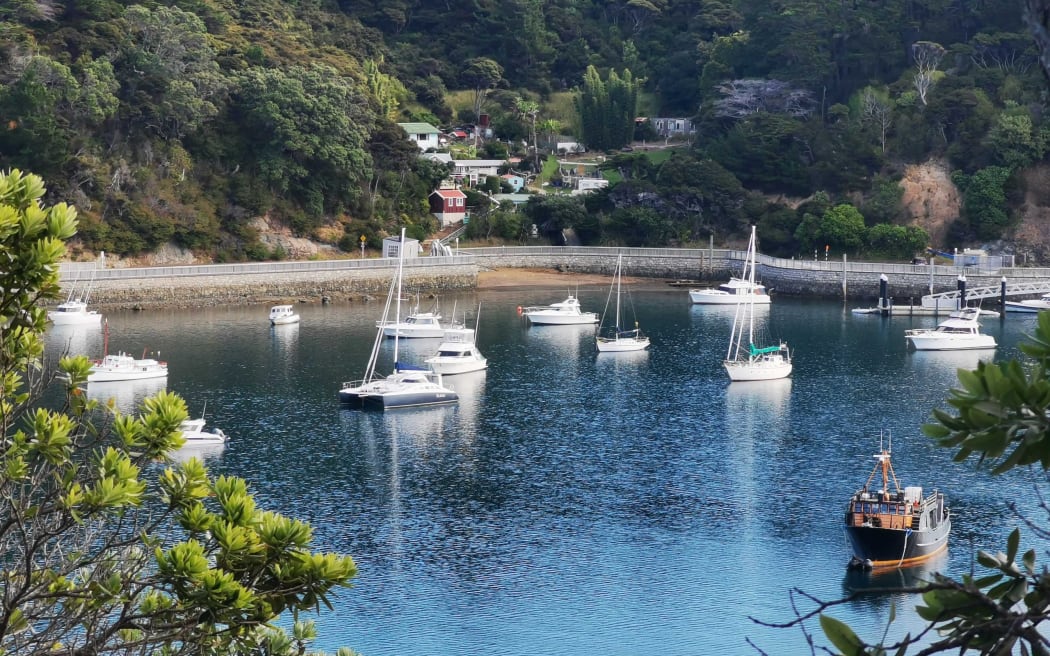
Aotea Great Barrier Island's Trypena Harbour - now under a Government anchoring and fishing ban to fight caulerpa. Photo: NZME
Surveillance to date in Tūtākākā and Whangaruru Harbours, has not detected caulerpa.
"There's already been a host of biosecurity breaches that have impacted the taonga which are our endemic species."
"This comes at the same time as we're already dealing with Asian paddle crabs, Mediterranean fanworm, kauri dieback and myrtle rust," he said.
Such things, along with earlier issues from other invaders such as possums, were affecting Ngātiwai's ongoing resilience and kaitiakitanga.

Local Democracy Reporting is Public Interest Journalism funded through NZ On Air


